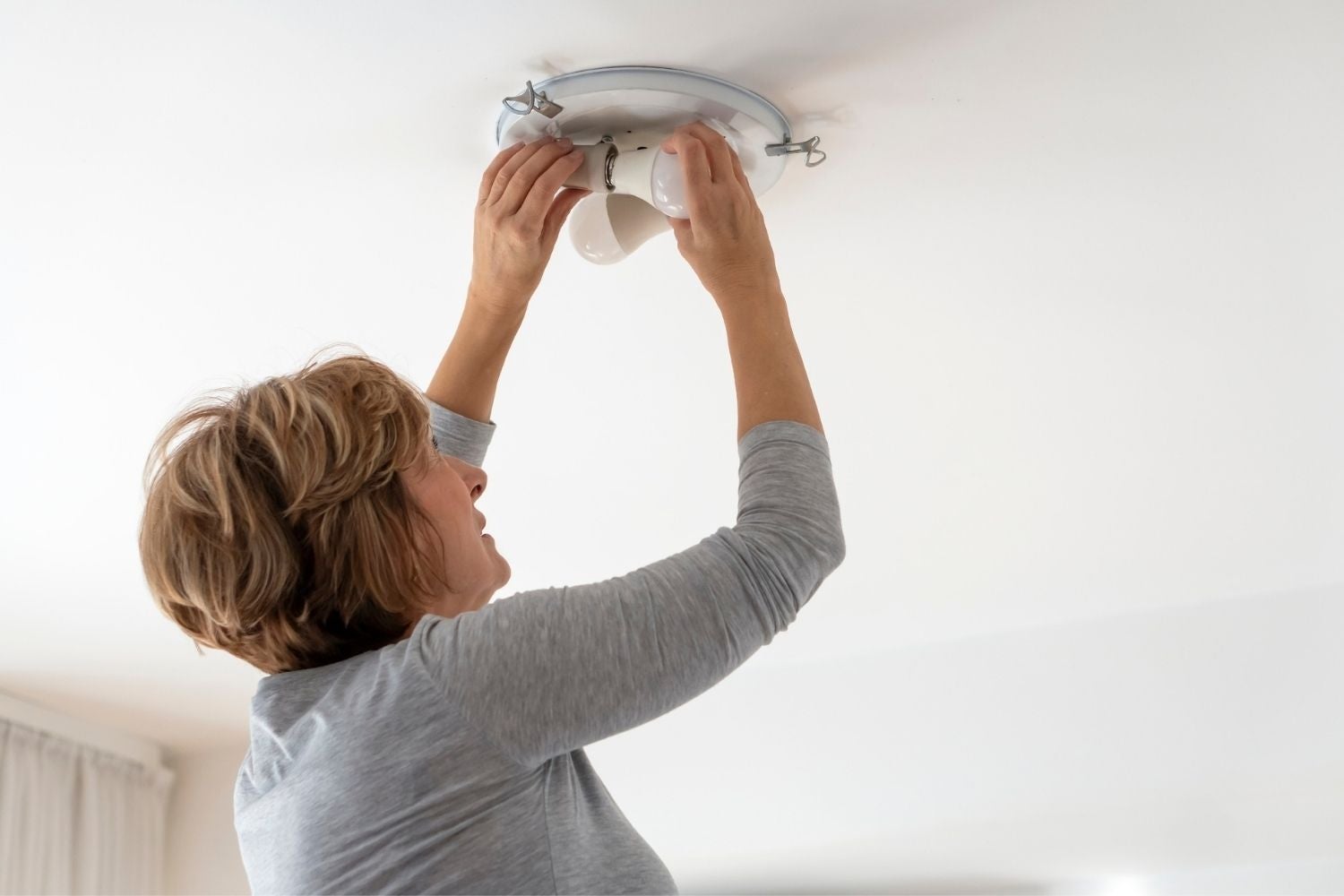

Articles
How Long Does An LED Bulb Last
Modified: August 19, 2024
Discover the lifespan of LED bulbs with our informative articles. Learn how long these energy-efficient lighting options can last and save you money.
(Many of the links in this article redirect to a specific reviewed product. Your purchase of these products through affiliate links helps to generate commission for Storables.com, at no extra cost. Learn more)
Introduction
LED bulbs have become increasingly popular in recent years, thanks to their energy efficiency, long lifespan, and environmental friendliness. But just how long do these bulbs last? In this article, we will explore the factors that affect the lifespan of LED bulbs, compare them to traditional incandescent bulbs, and provide tips on how to extend their lifespan.
LED, or light-emitting diode, is a type of lighting technology that uses semiconductors to emit light. Unlike incandescent bulbs, which use a filament to produce light, LED bulbs are more energy-efficient and durable. LED bulbs have a reputation for lasting significantly longer than traditional bulbs, making them an attractive option for both residential and commercial lighting needs.
So, what factors determine the lifespan of an LED bulb? Let’s delve into that next.
Key Takeaways:
- LED bulbs can last up to 50,000 hours, offering exceptional longevity compared to traditional incandescent bulbs, making them a cost-effective and environmentally friendly lighting solution.
- Factors such as quality, operating temperature, usage patterns, and voltage fluctuations significantly impact the lifespan of LED bulbs. Proper care and maintenance can help maximize their benefits and ensure reliable, efficient lighting for years to come.
Read more: How Long Does A Light Bulb Last
Factors affecting LED bulb lifespan
The lifespan of an LED bulb can be influenced by a variety of factors. Understanding these factors can help you make informed decisions when purchasing and using LED bulbs.
- Quality of the LED bulb: The quality of the LED bulb plays a crucial role in its lifespan. High-quality LED bulbs are designed to last longer and are more resistant to wear and tear. Look for reputable brands that offer warranties and choose bulbs that have undergone rigorous testing to ensure their durability.
- Operating temperature: LED bulbs are sensitive to heat, and prolonged exposure to high temperatures can shorten their lifespan. It is essential to ensure that the bulb is installed in a well-ventilated area to prevent overheating. Avoid placing LED bulbs in enclosed fixtures or areas with poor ventilation.
- Usage patterns: The number of hours an LED bulb is used daily can impact its lifespan. LED bulbs are designed to be long-lasting, but constant or extended use can accelerate wear and tear. Consider using multiple bulbs in high-usage areas to distribute the workload and extend overall bulb lifespan.
- Voltage fluctuations: LED bulbs are sensitive to voltage fluctuations. Variations in voltage can cause stress on the internal components of the bulb, leading to a shortened lifespan. Installing voltage stabilizers or surge protectors can help regulate the power supply and protect your LED bulbs.
- Environmental factors: Environmental conditions such as humidity, dust, and exposure to the elements can affect LED bulb lifespan. It is advisable to choose LED bulbs that are specifically designed for outdoor or damp environments if you plan to use them in such settings.
By considering these factors, you can ensure that you get the most out of your LED bulbs and enjoy their benefits for a longer period.
Average lifespan of LED bulbs
LED bulbs are renowned for their exceptional longevity compared to traditional incandescent bulbs. On average, an LED bulb can last anywhere from 25,000 to 50,000 hours. This translates to approximately 2.7 to 5.7 years of continuous use, assuming the bulb operates for an average of 8 hours per day.
The lifespan of LED bulbs can vary depending on the specific bulb model, manufacturer, and usage patterns. High-quality LED bulbs from reputable brands often have longer lifespans, while lower-quality bulbs may not last as long.
It’s important to note that the advertised lifespan of an LED bulb is typically based on ideal conditions, such as operating at full brightness and within a specified temperature range. Actual lifespan can be affected by factors such as heat buildup, voltage fluctuations, and usage patterns.
When compared to traditional incandescent bulbs, the longevity of LED bulbs is significantly superior. Incandescent bulbs typically last around 1,000 hours, which means you would need to replace them multiple times before an LED bulb reaches its end of life.
In addition to their longer lifespan, LED bulbs also consume significantly less energy. This energy efficiency further contributes to their cost-effectiveness over time, as you will save on electricity bills and replacement costs.
While LED bulbs have an impressive average lifespan, it’s important to remember that individual results may vary. Factors such as manufacturing defects, improper handling or installation, and environmental factors can impact the actual lifespan of an LED bulb. However, with proper care and attention, it is not uncommon for LED bulbs to provide reliable and efficient lighting for several years.
LED bulbs can last up to 25,000 hours or more, which is significantly longer than traditional incandescent bulbs. This makes them a cost-effective and long-lasting lighting option for your home or business.
Comparison with traditional incandescent bulbs
LED bulbs have revolutionized the lighting industry, offering a multitude of advantages over traditional incandescent bulbs. Let’s explore how LED bulbs stack up against their incandescent counterparts.
1. Lifespan: As mentioned earlier, LED bulbs have a much longer lifespan compared to incandescent bulbs. While LED bulbs can last up to 50,000 hours, incandescent bulbs typically last around 1,000 hours. This means you would need to replace an incandescent bulb multiple times before an LED bulb reaches its end of life.
2. Energy efficiency: LED bulbs are incredibly energy-efficient, using up to 80% less electricity than incandescent bulbs to produce the same amount of light. This results in substantial energy savings and lower electricity bills. Incandescent bulbs, on the other hand, convert a significant portion of their energy into heat, making them much less efficient.
3. Heat emission: LED bulbs generate significantly less heat compared to incandescent bulbs. Incandescent bulbs waste a considerable amount of energy by converting it into heat, raising the temperature in the surrounding area. In contrast, LED bulbs remain cool to the touch, reducing the risk of burns and fire hazards.
4. Durability: LED bulbs are more durable and robust than incandescent bulbs. They are constructed with solid-state technology and have no fragile filaments or glass components, making them resistant to shocks, vibrations, and breakage. Incandescent bulbs, on the other hand, are delicate and prone to breakage.
5. Environmental impact: LED bulbs are environmentally friendly as they contain no toxic materials. On the other hand, incandescent bulbs contain substances like mercury, which can be harmful to the environment if not properly disposed of.
6. Cost-effectiveness: Although LED bulbs may have a higher initial cost compared to incandescent bulbs, their long lifespan and energy efficiency make them more cost-effective in the long run. With LED bulbs, you will save money on replacements and electricity bills.
Overall, LED bulbs outshine traditional incandescent bulbs in terms of lifespan, energy efficiency, durability, and environmental impact. Their numerous benefits make them a wise investment for both residential and commercial lighting needs.
How to extend the lifespan of LED bulbs
While LED bulbs are known for their long lifespan, there are several measures you can take to further extend their operational life. By following these tips, you can maximize the longevity of your LED bulbs and enjoy their benefits for even longer:
- Proper installation: Ensure that the LED bulb is installed correctly and securely in the fixture. Loose connections or improper installation can lead to flickering, decreased performance, and premature failure.
- Avoid frequent switching: LED bulbs have a lifespan that is affected by frequent on-off cycles. Minimize unnecessary switching and consider using motion sensors or timers to reduce the frequency of turning the bulbs on and off.
- Regulate temperature: Excessive heat can significantly reduce the lifespan of LED bulbs. Make sure the bulbs have proper ventilation and do not place them in areas with high ambient temperatures, such as enclosed fixtures or near heat sources.
- Use compatible dimmers: If you are using LED bulbs with dimming capabilities, ensure that you use dimmer switches specifically designed for LED lighting. Using incompatible dimmers could cause flickering or damage to the bulbs.
- Keep voltage stable: Voltage fluctuations can negatively impact LED bulb lifespan. Install voltage stabilizers or surge protectors to regulate the power supply and protect the bulbs from voltage spikes.
- Clean bulbs regularly: Dust and dirt on the surface of LED bulbs can affect their performance and efficiency. Gently wipe the bulbs with a soft, lint-free cloth periodically to keep them clean and free from debris.
- Choose the right bulb for the environment: Not all LED bulbs are suitable for all environments. Consider factors such as humidity, exposure to moisture, and temperature extremes when selecting LED bulbs. Choose bulbs specifically designed for outdoor or damp environments if necessary.
By following these practices, you can ensure that your LED bulbs continue to deliver optimal performance and longevity. Taking proper care of your bulbs will not only save you money on replacements but also contribute to a more sustainable and efficient lighting solution.
Read more: How Long Does A Halogen Bulb Last
Conclusion
LED bulbs have revolutionized the lighting industry with their exceptional lifespan, energy efficiency, and durability. They far surpass traditional incandescent bulbs in terms of longevity, energy consumption, and environmental impact. By understanding the factors that affect LED bulb lifespan and taking appropriate measures to extend their life, you can maximize their benefits and enjoy reliable, efficient lighting for years to come.
Factors such as the quality of the LED bulb, operating temperature, usage patterns, voltage fluctuations, and environmental conditions all play significant roles in determining its lifespan. Choosing high-quality bulbs, providing proper ventilation, using compatible dimmers, and keeping voltage stable are all essential practices to ensure the longevity of LED bulbs.
Compared to incandescent bulbs, LED bulbs last significantly longer, offer greater energy efficiency, emit less heat, and are more durable. LED bulbs are also environmentally friendly, as they contain no toxic materials and consume less energy. While the initial cost of LED bulbs may be higher, their long lifespan and energy savings make them a cost-effective solution in the long run.
By following simple maintenance practices like proper installation, avoiding frequent switching, regulating temperature, cleaning bulbs regularly, and selecting the right bulb for the environment, you can further extend the lifespan of LED bulbs and optimize their performance.
In conclusion, LED bulbs are an excellent investment for both residential and commercial lighting needs. With their impressive lifespan, energy efficiency, and durability, they provide a reliable and environmentally conscious lighting solution. By understanding the factors that impact LED bulb lifespan and implementing best practices, you can enhance their longevity and enjoy the benefits of LED lighting for years to come.
Frequently Asked Questions about How Long Does An LED Bulb Last
Was this page helpful?
At Storables.com, we guarantee accurate and reliable information. Our content, validated by Expert Board Contributors, is crafted following stringent Editorial Policies. We're committed to providing you with well-researched, expert-backed insights for all your informational needs.
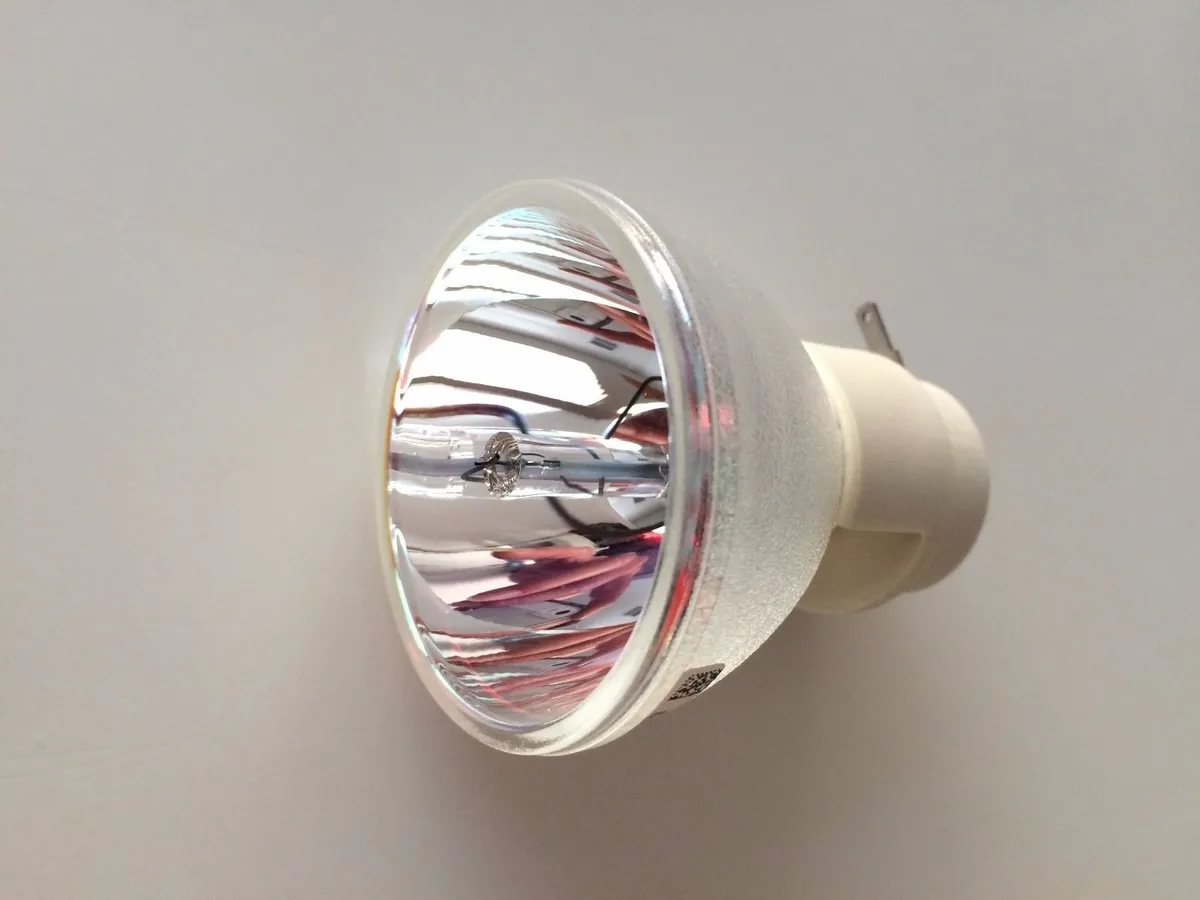
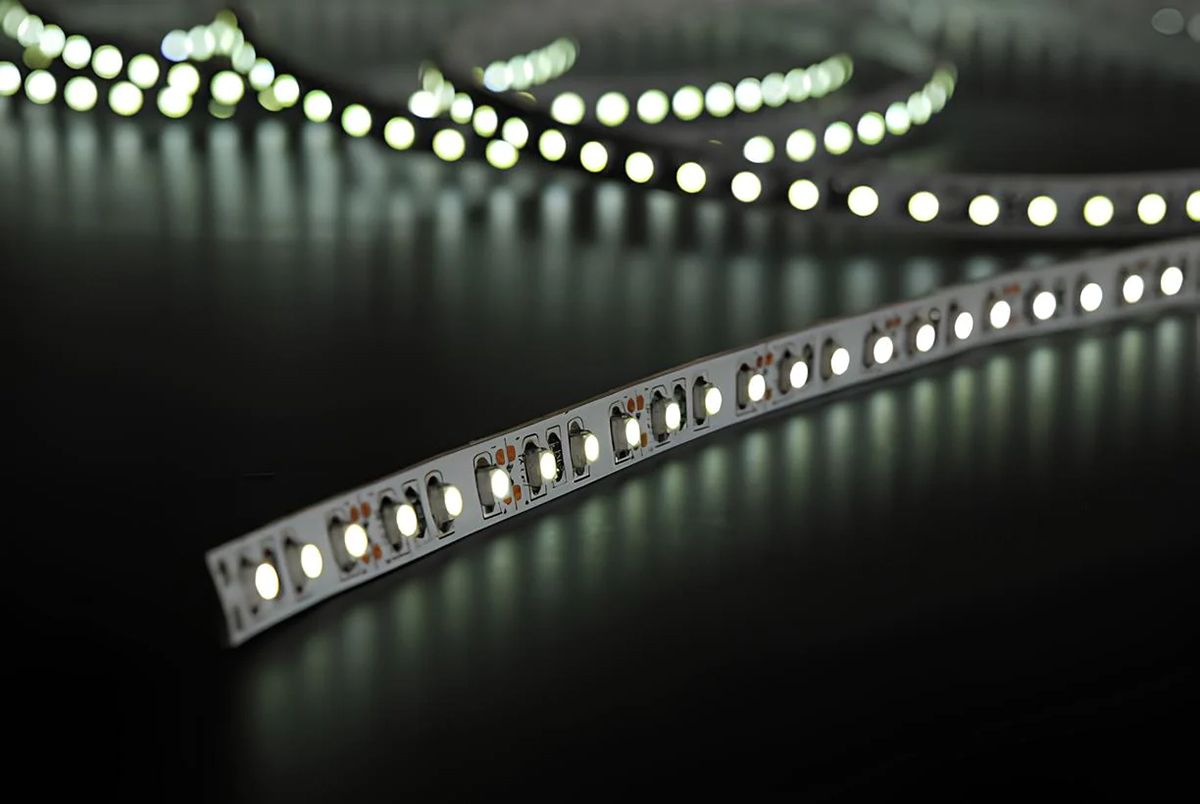
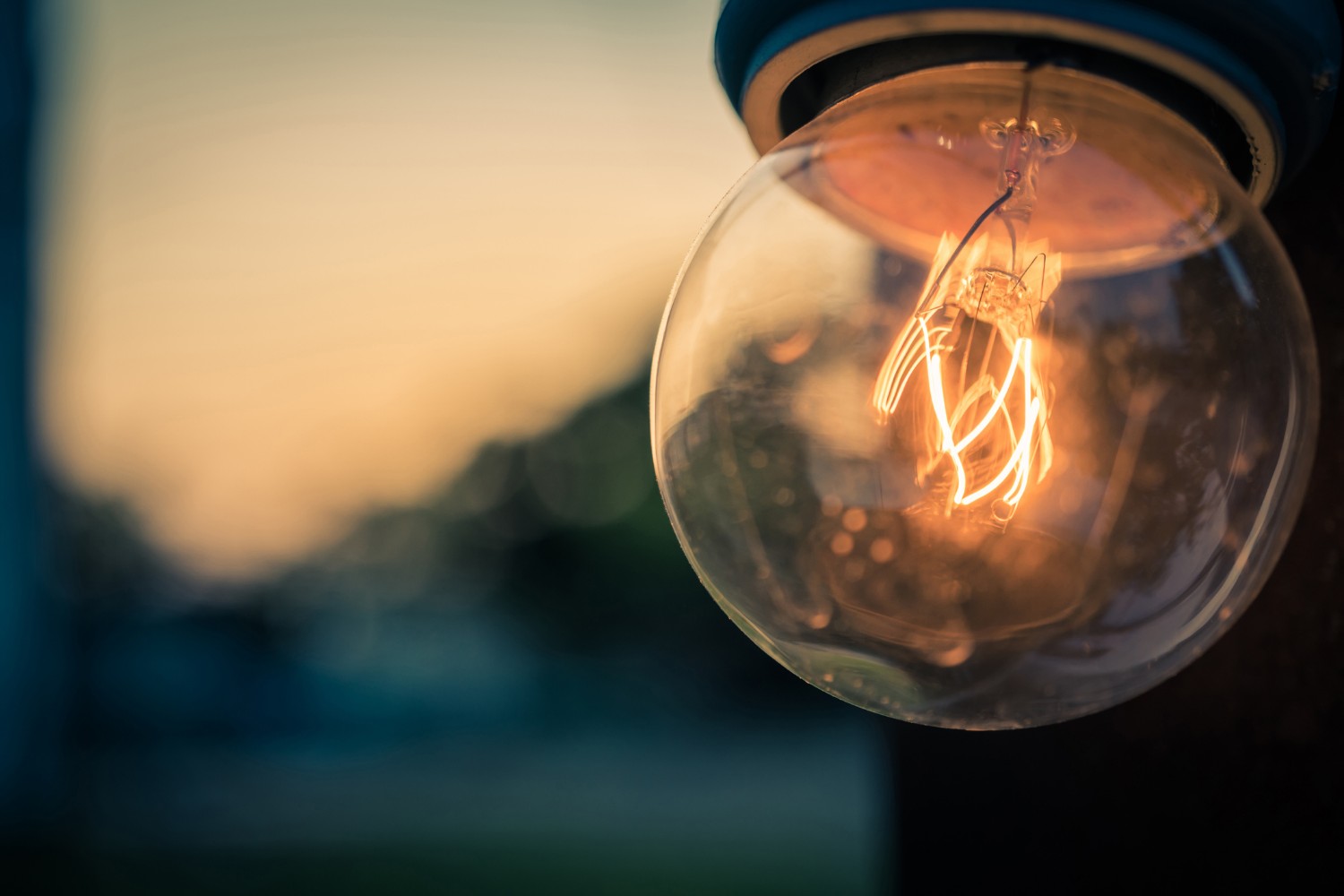
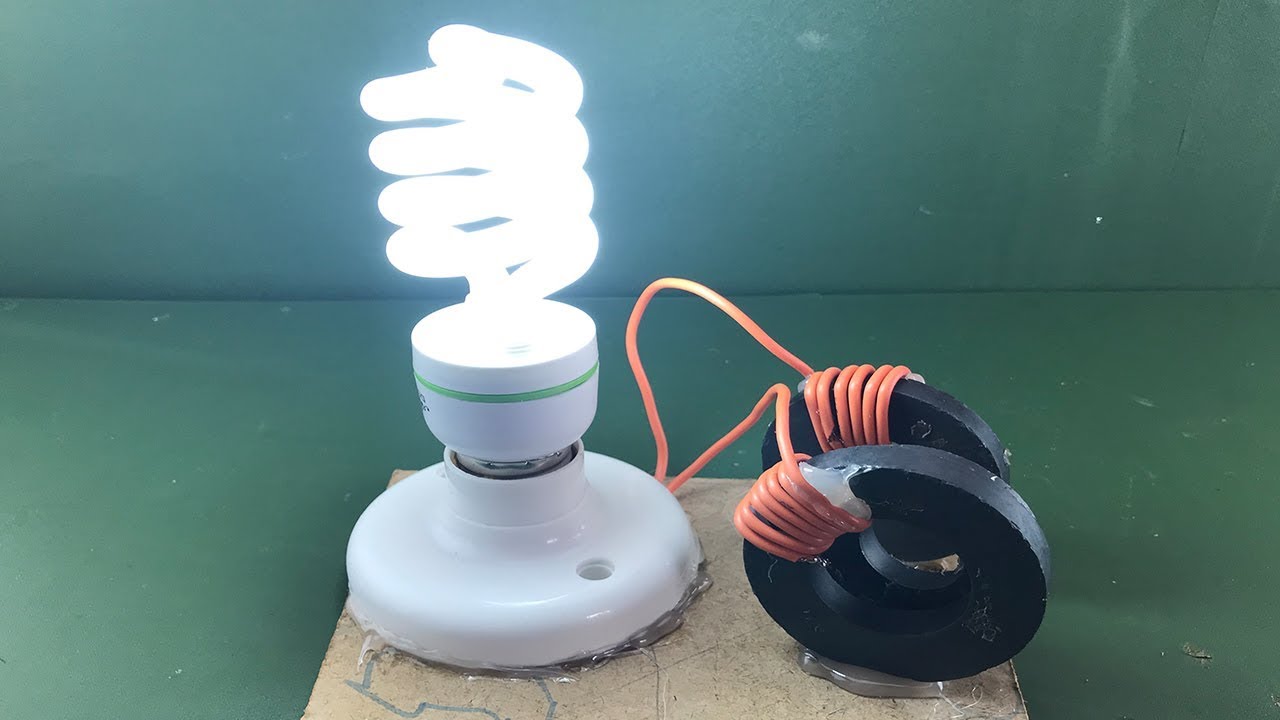
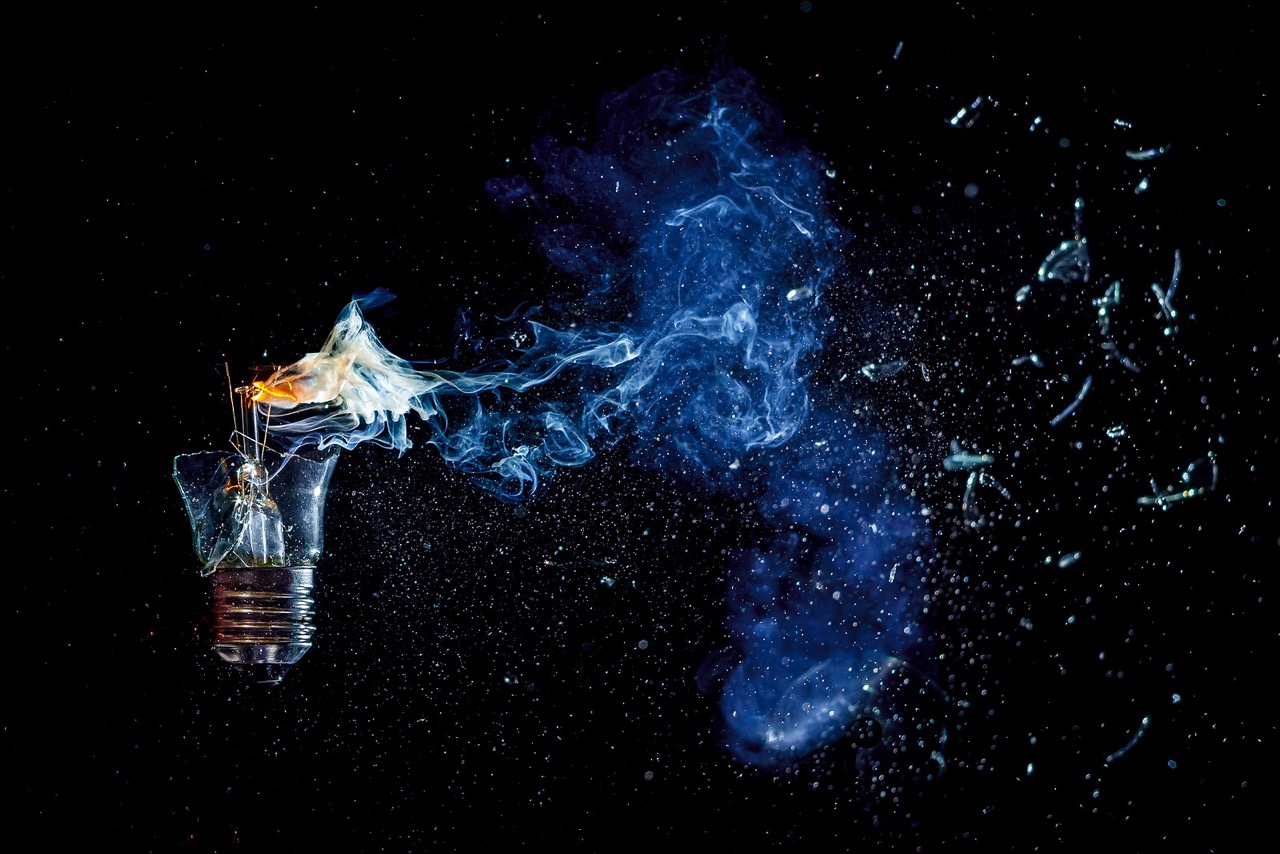
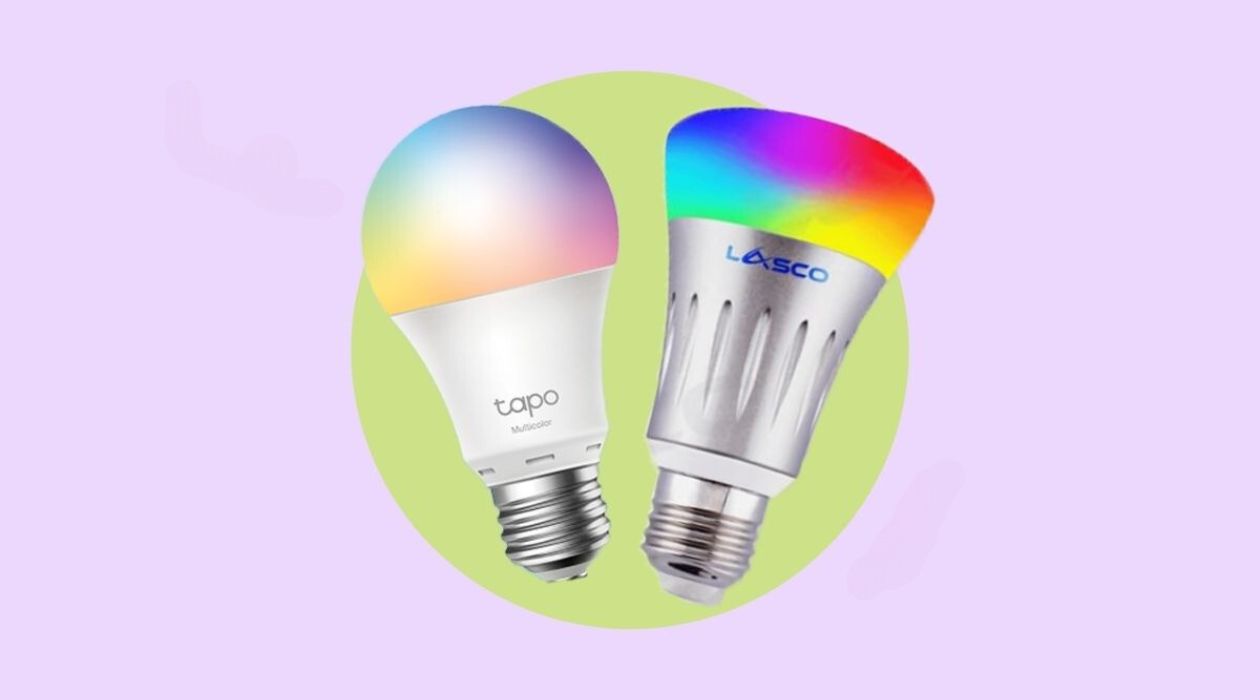
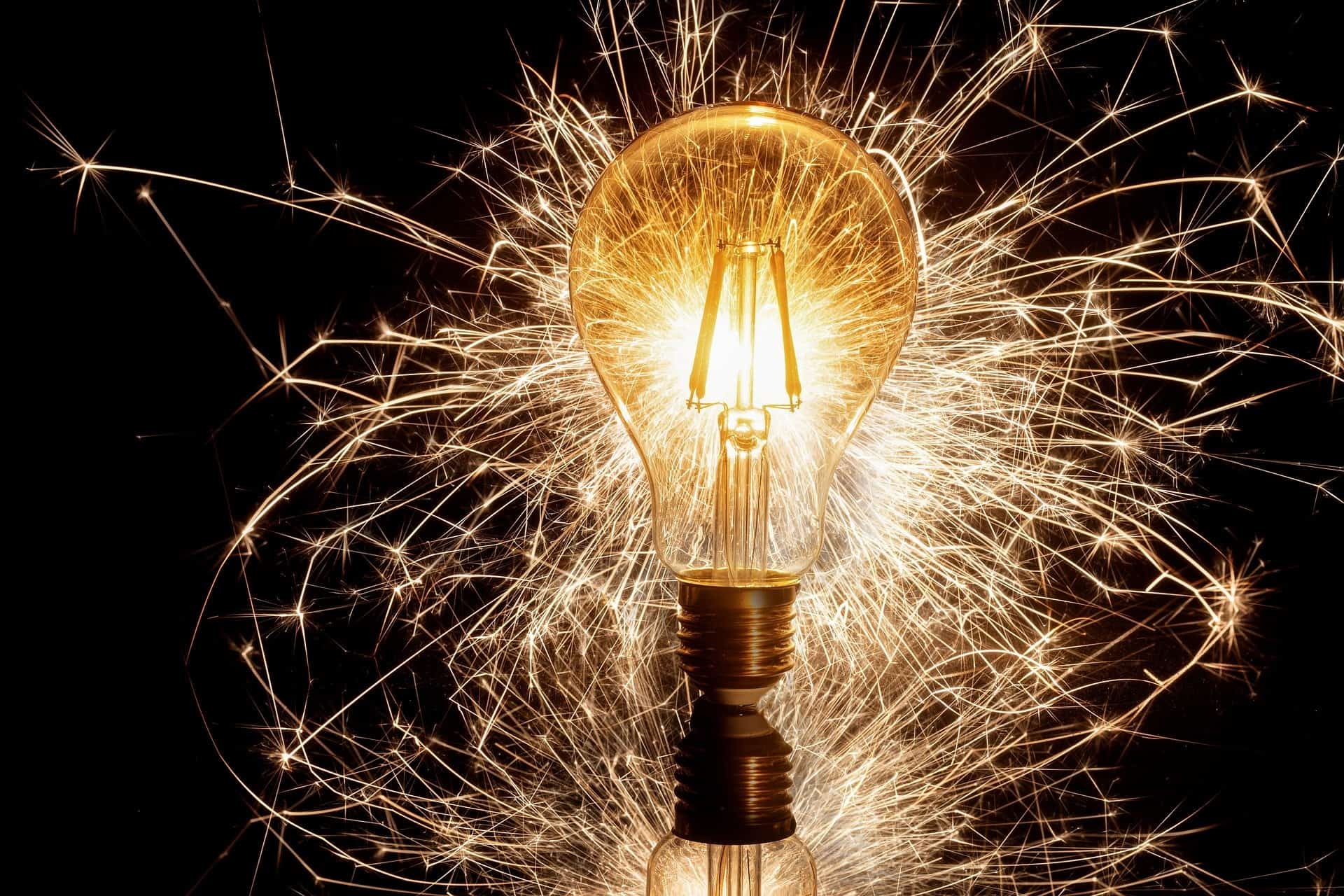

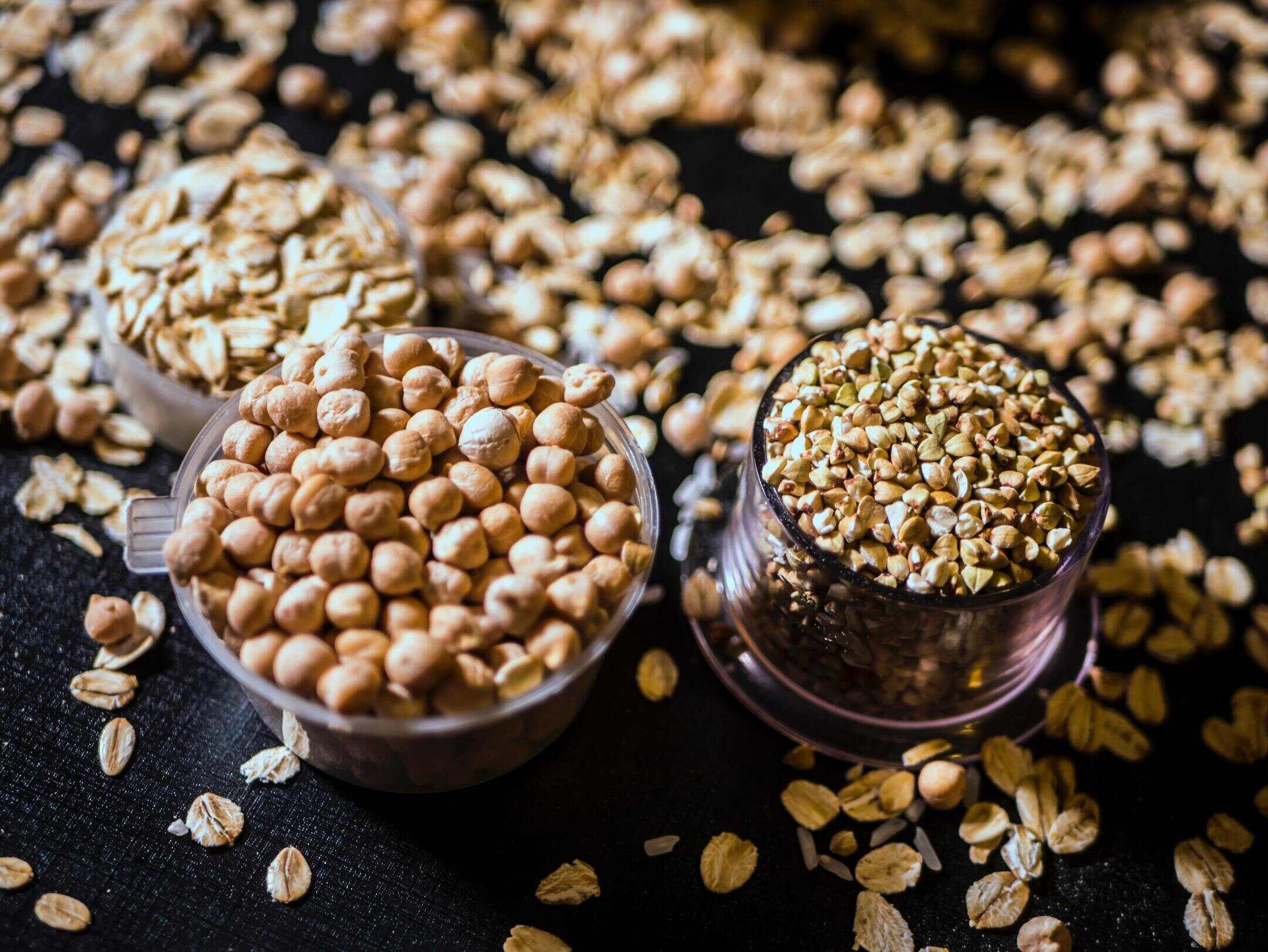
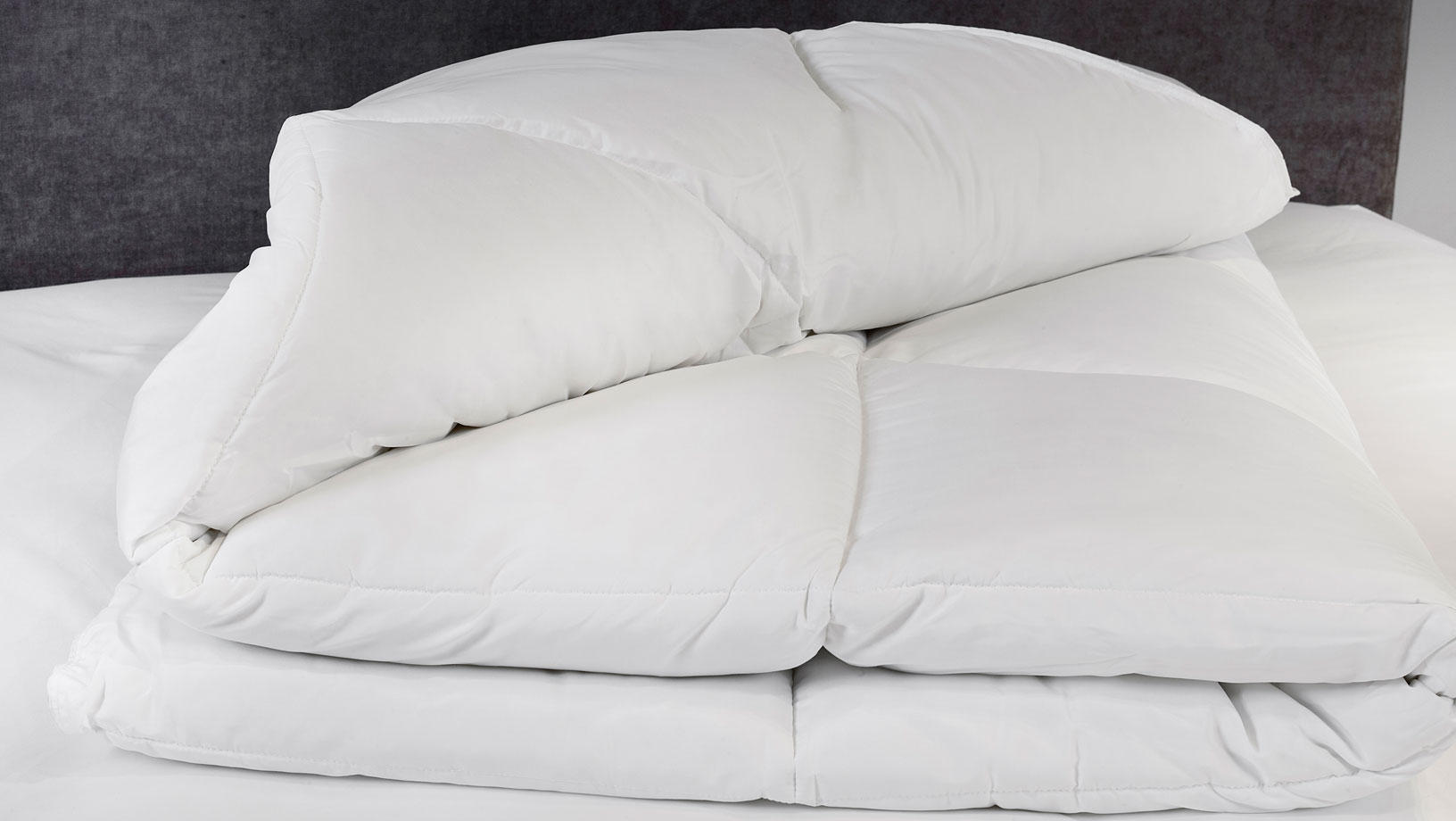
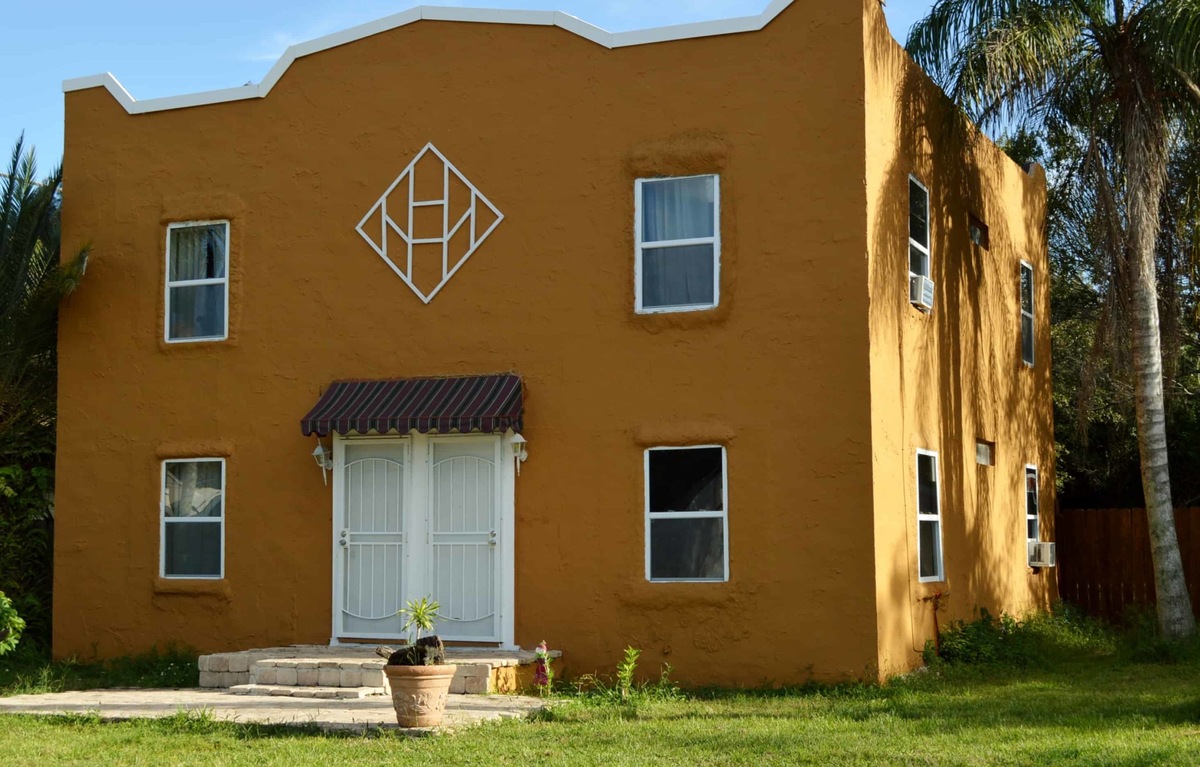
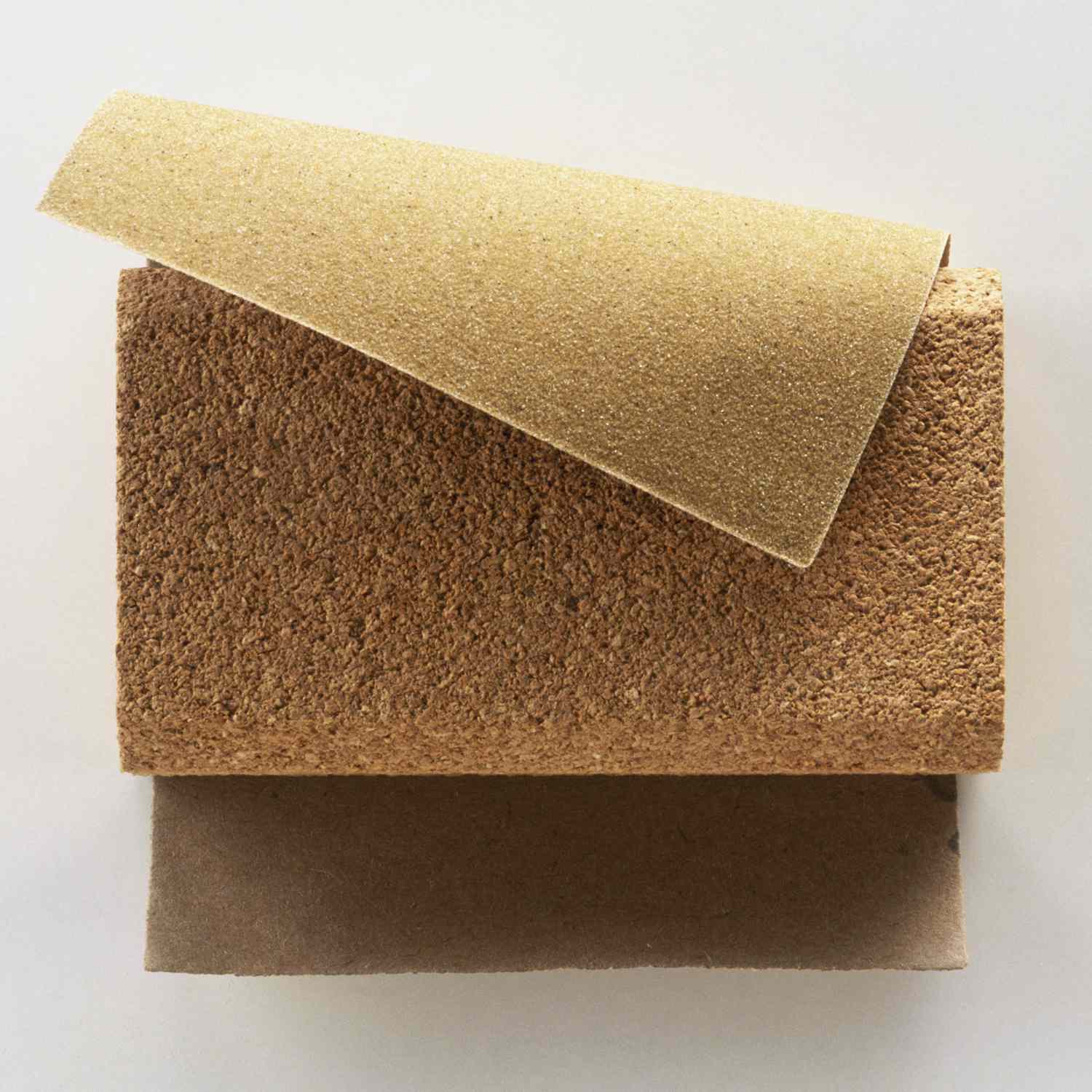
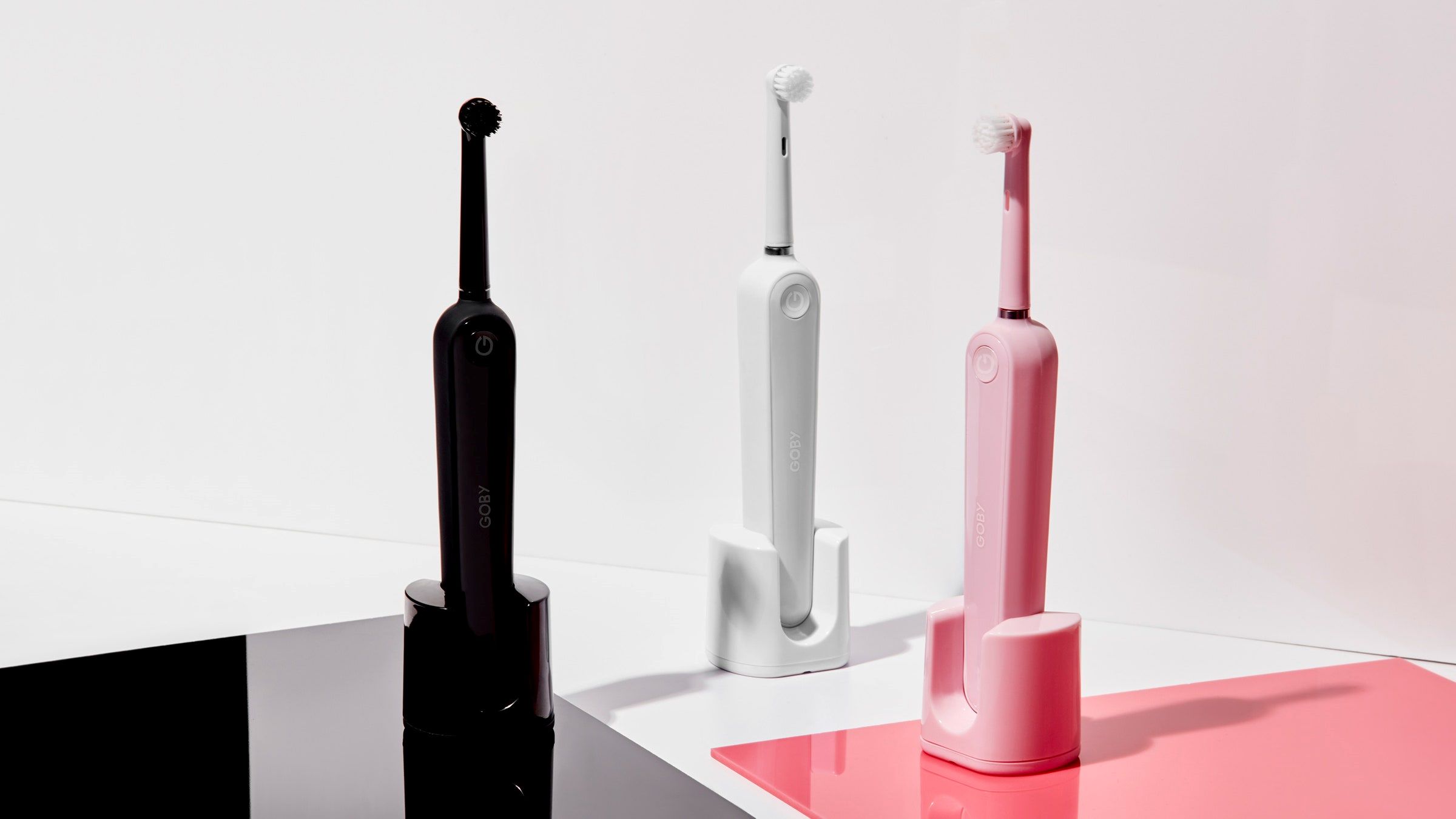


0 thoughts on “How Long Does An LED Bulb Last”